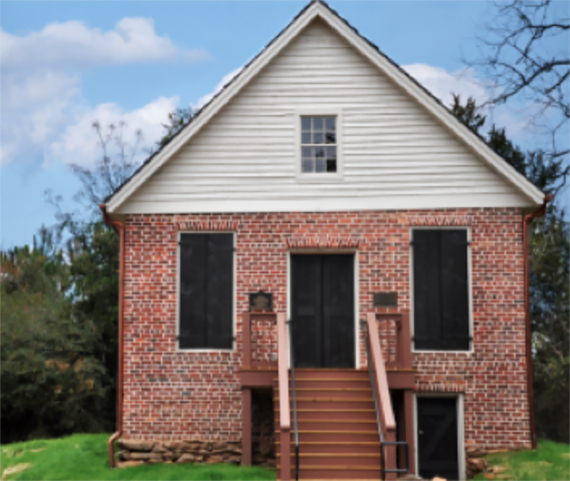Among Newton County’s many “firsts” is the rural telephone line, run in 1897, which so far as is known, preceded any other rural telephone service, private or otherwise.
The line was constructed in the fall of 1897 by G. Claude and H. B. Adams, between their homes, a distance of 300 yards, in Brickstore Community and gave perfect service.
Soon, the line was extended from H. B. Adams’ home to that of their mother, Mrs. William Adams, some 11 miles distant; and served (11) other Adams families along the way.
In 1898, the line was extended to the home of Dr. R. L. Hollis, at Hayston, who was the family physician of those on the “line.”
This immediate connection with a doctor was a splendid advantage in time of sickness, not only to those on the line, but throughout the Brickstore and Hayston communities; for it was freely shared with all the neighbors.
These phones had no room for batteries within the unit; so they were installed on the back of the wall to which phones were attached.
With the added phones, service sometimes was spasmodic, especially in bad weather, to which these early instruments were highly allergic. In fact, owners are said to have predicted the weather a day or so ahead by the sound of the elements on the wire.
They were especially sensitive to lightening; and each phone had a built in receptacle in which to insert a lightning plug before each thunderstorm. Negligence in taking this precaution resulted in three homes begin struck by lightning and subsequent fires. Fortunately, no serious damage was sustained.
An interesting fact recalled was the suspicion surrounding this wire, suspended through the trees, and how much of their conversation might be carried to listening ears.
[Black people] were especially wary of this strange innovation and changed their footpath from anywhere near its route, for fear someone might hear their conversations.
The line when completed ran through more than 10 homes, specifically between the Adams and Lunsford families. It was used until 1906, when several of the users moved away.
It was necessary to keep a close vigil on the line, for necessary repairs, including replacement of broken bottle necks, which were used as insulators; and the clearing of any limbs or brush touching the wire, as this usually disrupted service.
From The Covington News’ Centennial Issue, 1965





